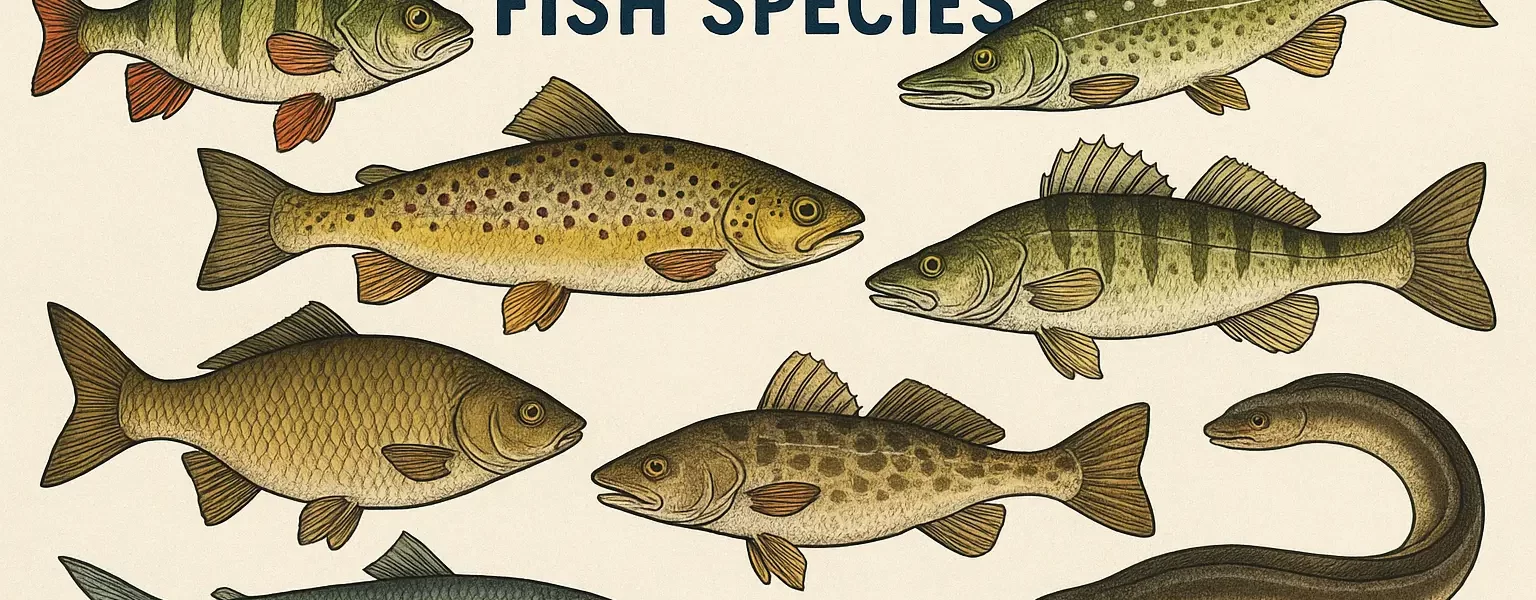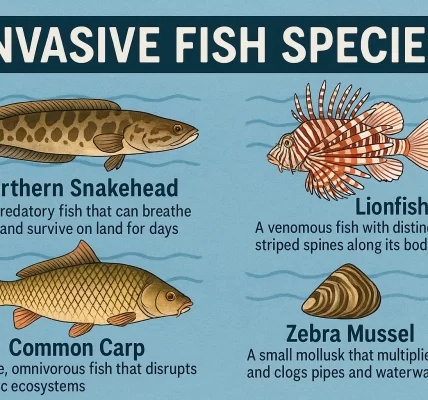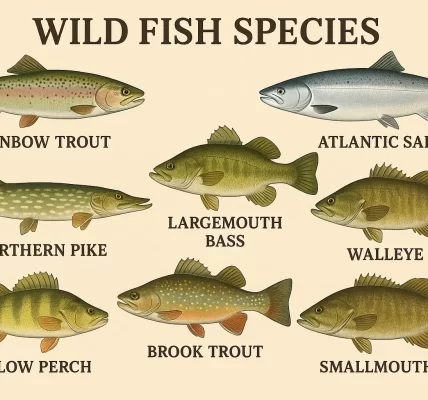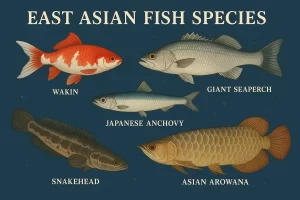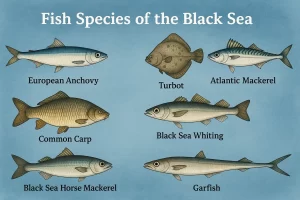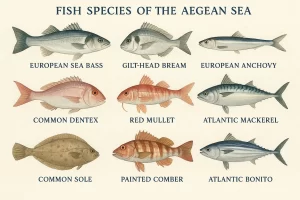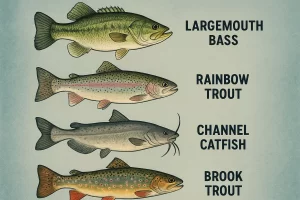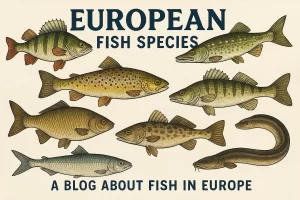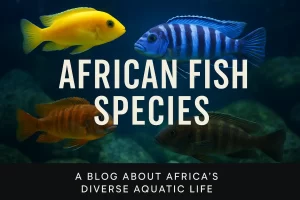European Fish Species
Exploring European Fish Species: A Guide to Freshwater and Marine Biodiversity
Europe, with its vast river systems, lakes, and access to both the Atlantic Ocean and the Mediterranean Sea, is home to a remarkable diversity of fish species. These species play crucial roles in both the ecological balance of their habitats and in the continent’s culinary and cultural traditions. In this article, we’ll dive into the most iconic and important fish species found across Europe’s freshwater and marine environments.
Overview of Europe’s Aquatic Ecosystems
Europe’s fish diversity is shaped by its geographical variety. From the icy fjords of Scandinavia to the warm Mediterranean waters of Southern Europe, each region hosts distinct species adapted to specific environmental conditions.
Main Aquatic Habitats in Europe
- Freshwater systems: Rivers like the Danube, Rhine, and Volga; lakes such as Lake Geneva and Lake Ladoga
- Marine environments: North Sea, Baltic Sea, Atlantic Ocean, Mediterranean Sea, Black Sea
Notable European Freshwater Fish Species
1. European Perch (Perca fluviatilis)
Widespread across lakes and slow-flowing rivers, the European perch is a favorite among anglers for its striking appearance and fighting spirit.
- Color: Green body with vertical black stripes
- Diet: Insects, small fish, and crustaceans
2. Northern Pike (Esox lucius)
This predatory fish is known for its elongated body and sharp teeth. It’s commonly found in freshwater bodies throughout Central and Northern Europe.
- Size: Can grow over 1 meter long
- Habitat: Still or slow-moving waters with dense vegetation
3. European Eel (Anguilla anguilla)
A mysterious migratory fish that spawns in the Sargasso Sea before making its way back to European rivers.
- Status: Critically endangered due to habitat loss and overfishing
- Interesting Fact: Lives in freshwater but spawns in the ocean
Marine Fish Species of European Seas
1. Atlantic Cod (Gadus morhua)
Once abundant in the North Atlantic, cod has long been a staple in European diets, particularly in Northern Europe.
- Commercial Value: High—used in dishes like fish and chips
- Conservation Concern: Stocks have declined due to overfishing
2. European Hake (Merluccius merluccius)
A popular fish in Mediterranean and Atlantic coasts, hake is valued for its soft, white flesh.
- Distribution: Found from Norway to North Africa
- Fishing Methods: Mainly trawling
3. European Sea Bass (Dicentrarchus labrax)
Also known as “branzino,” this species is common in both wild and farmed settings, especially along the Mediterranean coast.
- Habitat: Coastal waters and estuaries
- Commercial Production: Widely farmed across Southern Europe
Threats Facing European Fish Populations
Despite their diversity, European fish species face a range of threats that impact their populations and habitats.
Pollution and Habitat Destruction
Urban development, agricultural runoff, and industrial waste degrade freshwater and marine ecosystems, reducing suitable habitats for many species.
Overfishing
Excessive fishing pressure, especially in the North Sea and the Mediterranean, has led to significant stock declines in species such as cod, eel, and hake.
Climate Change
Warming waters are changing the distribution of fish species and altering breeding and feeding patterns, particularly in colder regions like the Baltic and Arctic seas.
Conservation and Sustainable Management
Efforts are underway across the continent to manage fisheries more sustainably and protect aquatic biodiversity.
Key Initiatives Include:
- EU Common Fisheries Policy (CFP)
- Marine Protected Areas (MPAs)
- Restocking programs for endangered species
- River and wetland restoration projects
Conclusion
From freshwater giants like pike to ocean dwellers like cod and sea bass, Europe’s fish species reflect the continent’s diverse natural heritage. As challenges such as overfishing and climate change intensify, protecting these species requires a coordinated effort among governments, scientists, and local communities. By understanding and valuing Europe’s fish biodiversity, we take a vital step toward sustaining these aquatic ecosystems for future generations.

